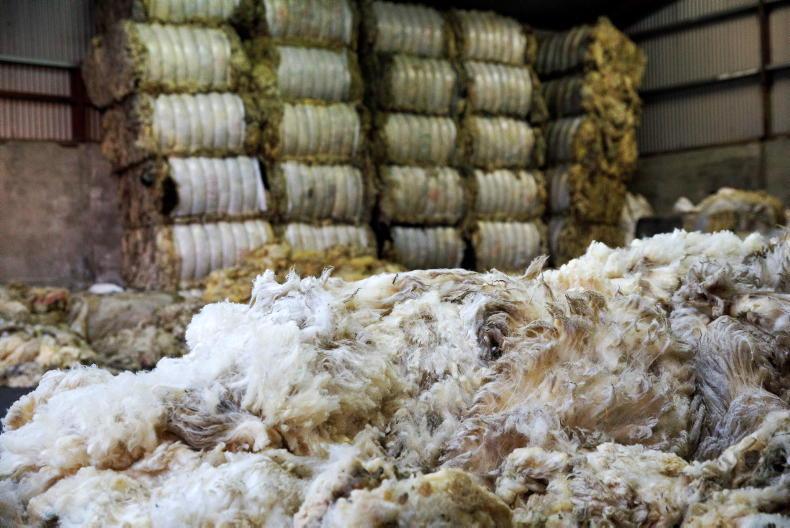The volume of wool traded on global markets has improved in recent months, but there is still some way to go before markets return to pre COVID-19 levels. The latest British Wool auction held on 3 November recorded a clearance rate of 89.5%, with 1.41m kilos of the 1.57m kilos offered sold.
The clearance rate was slightly down on the higher performance recorded in recent sales, following a significant recovery in the sales trading volumes since the start of September.
The previous sale, held on 20 October, recorded a 98% clearance of 1.539m kilos offered, while the sale held on 6 October recorded a 94% clearance of a larger offering of 1.724m kilos.
While the volume of wool traded has lifted, this has taken place against a backdrop of continued depressed prices, with a high percentage of sales volumes supported by British buyers.
The clearance rate was slightly down on the higher performance recorded in recent sales, following a significant recovery in the sales trading volumes
There has been some slight upward movement in price, with the average greasy price recorded in the most recent sale increasing 3% to 57.4p/kg (63.8c/kg).
The price has lifted by about 7p/kg since sales started to recover.
It is important to note that this is the price achieved by British Wool and not the price paid to the producer.
Overhang clearance
The higher volumes of wool trading of late have allowed British Wool to clear the majority of the 11m kilos carried over from the 2019 season wool clip, which is at least a positive to the trade.
Speaking at a recent National Sheep Association online event, British Wool’s Graham Clark said more wool had been traded in October than in the previous nine months.
Clark was pessimistic about the likelihood of prices recovering quickly and described the current market situation as by far the most difficult in the 70-year history of British Wool.
The rate of recovery could be stifled by a large overhang of finer type wool in New Zealand and Australia
A major challenge highlighted for the coarse wool trade, which accounts for a large percentage of breeds in Ireland and the UK, is the lack of demand for contract carpets, which are used in hotels, cruise ships and airports.
Footfall through all of these businesses has been decimated by the coronavirus pandemic, with Clark predicting it could take 18 months to two years for demand to recover. Prices for finer wools used in the textile business are likely to see recovery quicker.
However, the rate of recovery could be stifled by a large overhang of finer type wool in New Zealand and Australia, with New Zealand alone carrying some 25m kilos of wool forward from last season.
This is also likely to temper demand in export markets. Around half of British Wool’s stock is sold within the UK, while 25% goes to China, 15% to the EU, 5% is exported to Japan and the remaining 5% goes to other countries.
Irish trade
Irish merchants report a similar trading environment. There were signs of a lift in demand in September and early October, but demand is said to have quietened in recent weeks.
Significant volumes remain unsold, with some merchants recording their intake of 2020 season wool running at 60% to 65% of normal throughput
Prices remain at a level that is not attractive to trade significant volumes. Producer prices remain unchanged, with lowland wool quoted at a price of 15c/kg to 20c/kg and Scottish Blackface wool at just 5c/kg.
Significant volumes remain unsold, with some merchants recording their intake of 2020 season wool running at 60% to 65% of normal throughput. Some producers have little interest in trading at this price and are willing to store wool in the hope of improved market conditions.
Producers are hopeful that funding of €100,000 in Budget 2021 for a wool feasibility study will unearth some positives for an industry under significant pressure.






 This is a subscriber-only article
This is a subscriber-only article










SHARING OPTIONS: